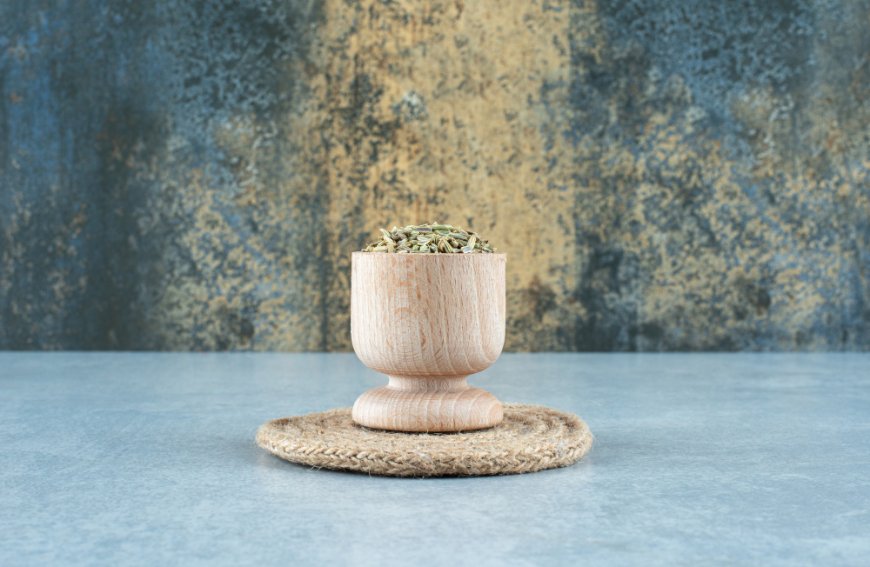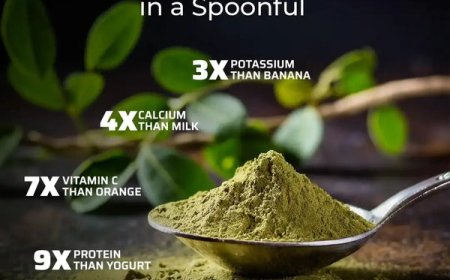What Is the Difference Between Instant and Traditional Kava?

Kava has been used in the Pacific Islands for centuries as part of cultural and social traditions. Today, its become more popular across the world. People now have more ways to enjoy it, including instant kava and traditional kava preparations. While both come from the same plant, they are not the same in how they are made or used.
Instant kava is a modern version made for convenience. It comes as a ready-to-mix powder that dissolves in water. Theres no need for straining or kneading the root. You can scoop it into a glass, stir, and drink. This is one of the main reasons people choose it, no mess and no waiting. It fits into a fast lifestyle where time matters.
Traditional Kava Preparation
Traditional kava is made using ground root powder. You add the powder to a cloth bag, knead it in water by hand, and strain it. This process takes more time and effort. You need to work the mixture to release the active parts of the root. Many people enjoy this method because it connects them to old customs.
This form is closer to whats used in villages in places like Fiji or Vanuatu. It has a thicker texture and sometimes a stronger, earthier taste. Traditional users often say that preparing it by hand is part of the best product.
Texture and Taste Differences
When it comes to texture, traditional kava feels heavier and sometimes gritty. Thats because small particles of the root remain even after straining. Some users enjoy this thickness, while others find it too strong. Instant kava, on the other hand, is smoother. It blends evenly with water and has a lighter finish.
Taste can also vary. Traditional kava often has a bold, earthy flavor. Its closer to how the root naturally tastes. Instant kava may taste a bit milder depending on how its processed. Some brands filter or refine it to make it easier for beginners to enjoy.
Convenience and Clean-Up
One of the biggest differences is in how easy each option is to prepare. Instant kava takes less than a minute. It doesnt need any special tools. You can take it anywhere, mix it on the go, and drink it fast. This makes it ideal for busy people or beginners.
Traditional kava takes more time and effort. Youll need a strainer bag and a bowl. Clean-up also takes longer. For people who enjoy rituals or dont mind the mess, this can be a good fit. But for those who want less prep, instant kava is usually the better choice.
How to Choose Between the Two
Choosing between traditional and instant kava comes down to personal preference. If you enjoy taking your time, preparing something with your hands, and experiencing the full process, traditional kava might suit you better.
If you prefer a quicker way to enjoy it, instant kava offers speed and simplicity. It gives you more control over your schedule and doesnt require any tools or prep work. Some people even keep both types at home, traditional for relaxed evenings, and instant for busy days.
Where to Find Quality Kava
If you're ready to try either version, youll want to look for trusted sources. Many reliable suppliers now offer a wide range of options online. You can read labels, compare types, and find what fits your needs.
When you buy kava, make sure you check for clear sourcing information. Good vendors often list where their kava comes from and how its processed. Whether you choose instant or traditional, quality matters; freshness and purity can affect your experience.
Its also helpful to read reviews. Many people share their experiences with different kava types, which can guide your choice. A clean label, simple ingredients, and good storage practices are all signs of a trustworthy product.
Conclusion
The main difference between instant kava and traditional kava lies in preparation, texture, and convenience. Instant kava works well for people who want something quick and easy. Traditional kava suits those who enjoy the process and connection to cultural methods. When you decide to buy kava, it all comes down to your lifestyle and what kind of experience you want. Both options offer a unique way to explore this long-standing tradition.
Disclaimer:
This blog is for informational purposes only and does not offer medical, dietary, or therapeutic advice. The information provided reflects general knowledge and cultural practices related to kava. Individual preferences and responses may vary. Always consult a qualified professional if you have questions or concerns before trying new products or supplements.






































